|
By Peter Guiden, PhD Post-Doctoral Fellow, Northern Illinois University An ecosystem is a complex, wonderful thing. It represents many species of plants, animals, and micro-organisms interacting with each other and the air, soil, and water. It is greater than the sum of its parts. And in restoration ecology, a central goal is to put degraded ecosystems back together. However, doing so is often a challenging process—that same complexity that makes an ecosystem beautiful can also make it difficult to manage. A logical starting point is to restore the native plant community. Plants play so many important roles in an ecosystem: they provide habitat and food for animals, they exchange nutrients with microorganisms, help develop soil, and link aboveground and belowground worlds. Every plant species plays a different role in the environment, so land managers often aim to restore as many native plant species as possible, leading to high biodiversity. At Nachusa, prescribed fire and bison reintroduction are used to meet this goal, knocking back the most competitive plant species and allowing many species to coexist. Hopefully, these diverse plant communities support many diverse animal species…right? It turns out that this question isn’t often asked. It’s difficult to answer, because scientists often specialize on one group of organisms, and individually lack the tools to measure how the ecosystem as a whole responds to management. Answering this question requires assembling an Avengers-style team of researchers, who can complement each other’s interests and expertise, at the same place and time. Luckily, the Nachusa community provided an opportunity for this to happen. Through collaboration between Nachusa, Dr. Holly Jones’ Evidence-based Restoration Lab at Northern Illinois University, Dr. Nick Barber’s Community Ecology & Restoration Lab at San Diego State University, and Dr. Rich King’s lab at Northern Illinois University, we could start to look at links between plants and animals. Each of these groups brings a unique skill set to the table. Dr. Jones and her students study plants and small mammals such as wild mice and voles. Dr. Barber and his students study plants, ground beetles, and dung beetles. Dr. King and his students study larger wildlife, such as snakes. Each of these groups has collected data on these animal communities over the past decade at Nachusa, including how many species occur in these study sites, and in what abundance. This gave us an opportunity to combine our data, and ask some broad, general questions about how restoration works. Here’s a link to the study we did, if you’re interested in the technical details. We wanted to know whether the areas with the most plant biodiversity also had the most animal biodiversity, or if something else explained patterns in animal communities. If plant and animal biodiversity were linked, that would suggest that restoring diverse plant communities may lead to recovery across the ecosystem. However, if the link between plant and animal biodiversity isn’t strong, other management strategies may be needed to boost native animal species. We found that in general, the best explanation of animal biodiversity had little to do with plant biodiversity. For example, small mammal communities were most diverse in areas that hadn’t been burned for a few years, because species like voles make their habitat in thatch (dead plant litter). Similarly, snake communities were most diverse in older restorations, because certain species take a relatively long time to colonize new habitats. This isn’t to say that plant biodiversity is unimportant for animals: there were many cases where plant and animal biodiversity were linked. Small mammal communities were more diverse in habitats with a rich mixture of forbs and grasses, and the most diverse ground beetle communities were found in areas with many plant species. But on average, the effects of management on animal biodiversity were six times stronger than the effects of plant biodiversity. Why didn’t we find a strong link between plant and animal biodiversity at Nachusa? One potential explanation is our choice of study species. Snakes and beetles are carnivorous, while small mammals are opportunistic omnivores, eating both plants and animals. Perhaps animals that are strict herbivores (especially insects with very particular diets) would have been more responsive to plant diversity. But for our animals, the age or structure of the plant community seemed to be more important than the number of plant species present. It’s also important to point out that maximizing animal biodiversity may not be the most important goal in a restoration project. Protecting rare species (like the rusty patch bumblebee) or species that play an especially important role in the ecosystem (like large dung beetles that eliminate large volumes of bison dung) may take center stage. In cases where restoring animal biodiversity is important, however, it may be necessary to consider how land management affects both plants and animals. One key take-home message of this study is that restoration really works. Through the hard work of land managers, volunteers, and scientists, it is possible to recreate diverse plant and animal communities in a very agricultural landscape. While we are constantly trying to learn more about how exactly these species respond to restoration, it is important to reflect on these successes. Ecosystems continue to be mysterious in many ways, but understanding a little bit more about them may help preserve their majesty and diversity for the future. Pete Guiden's ongoing research on restoration ecology is supported with a Scientific Research Grant from the Friends of Nachusa Grasslands. The Nachusa summer science externship is supported by The Nature Conservancy. To get involved with the critical on-the-ground work at Nachusa, consider joining our Thursday or Saturday Workdays or giving a donation to the Friends of Nachusa Grasslands. Donations to Friends can be designated to Scientific Research Grants.
0 Comments
|
Blog CoordinatorDee Hudson
I am a nature photographer, a freelance graphic designer, and steward at Nachusa's Thelma Carpenter Prairie. I have taken photos for Nachusa since 2012. EditorJames Higby
I have been a high school French teacher, registered piano technician, and librarian. In retirement I am a volunteer historian at Lee County Historical and Genealogical Society. Categories
All
Archives
January 2024
|
CONNECT WITH US |
|
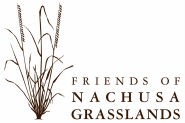
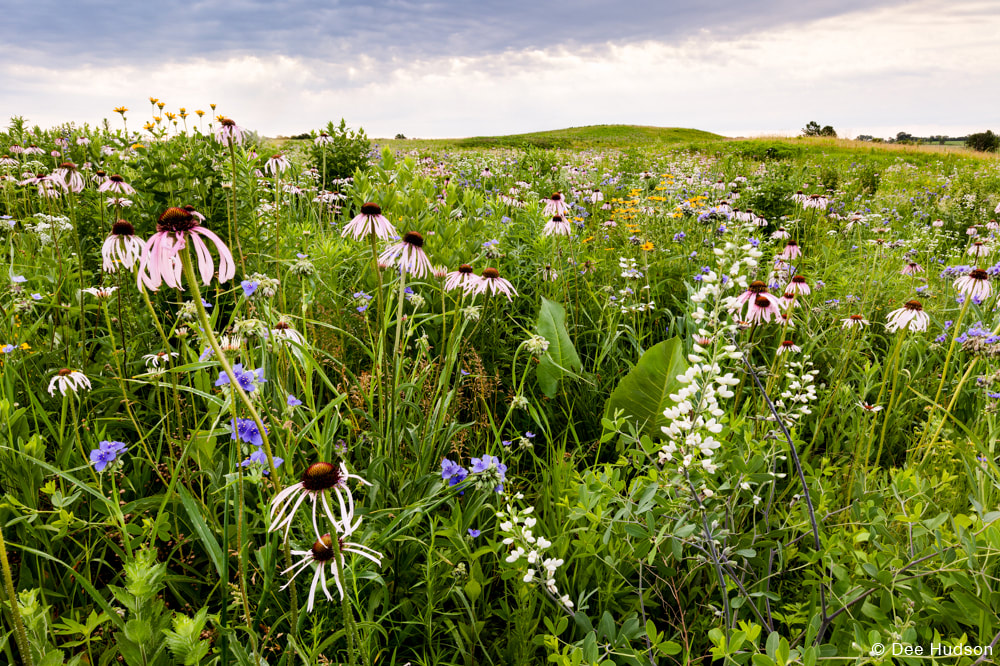
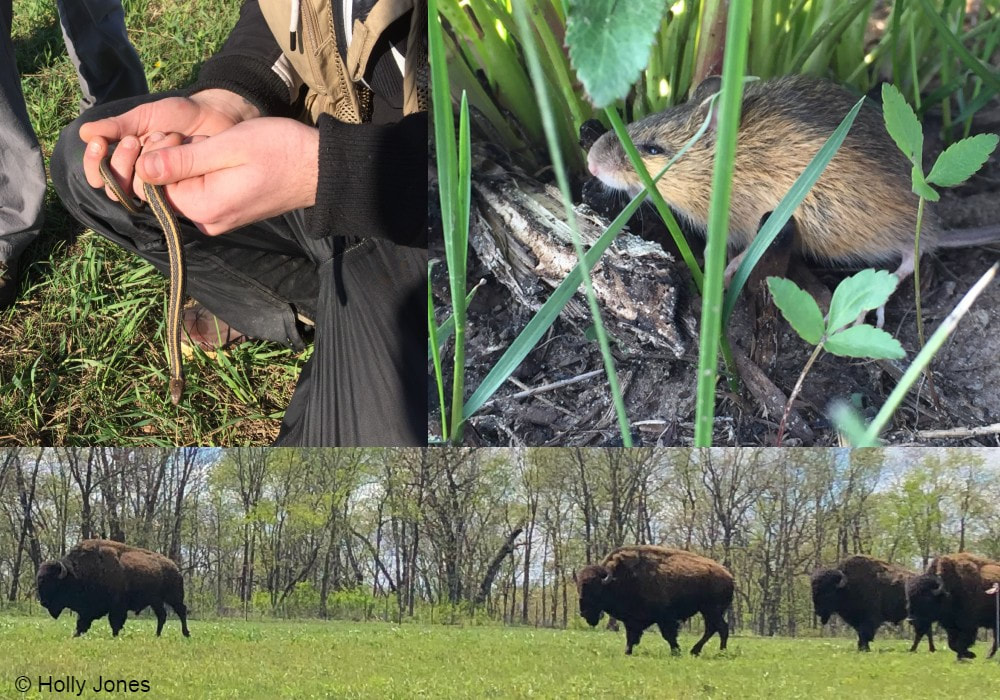
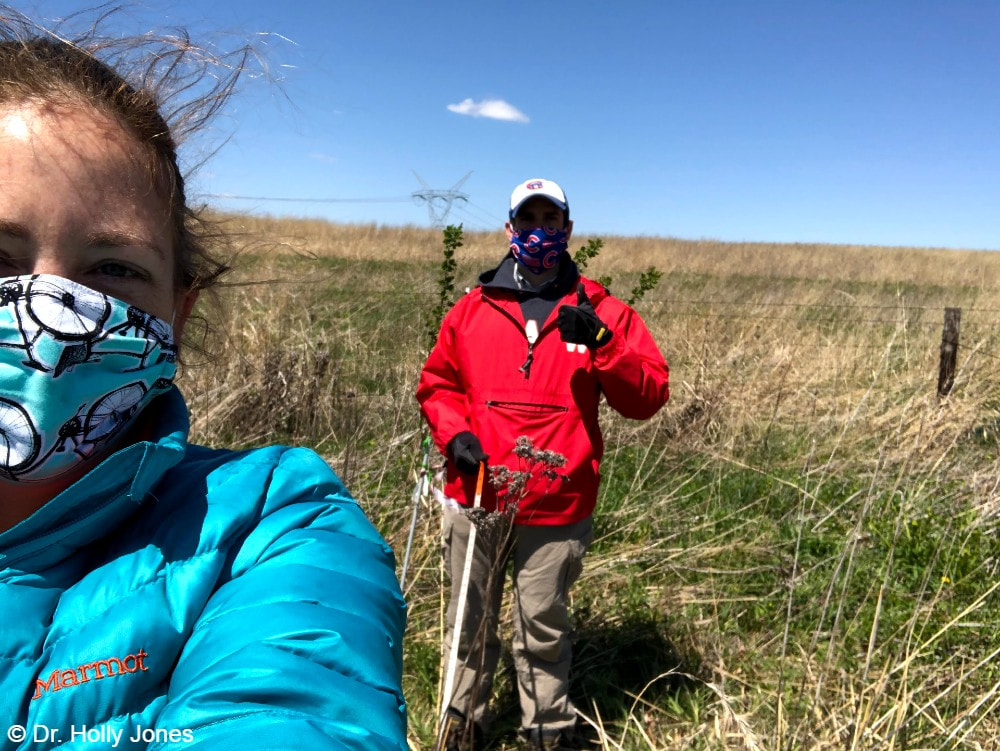
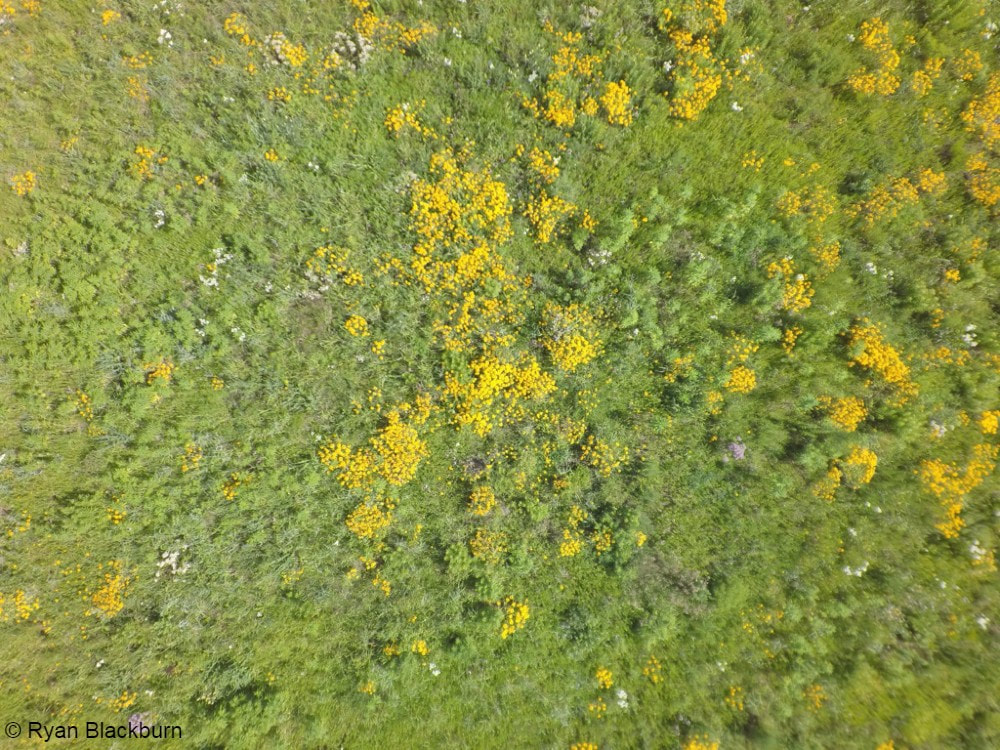
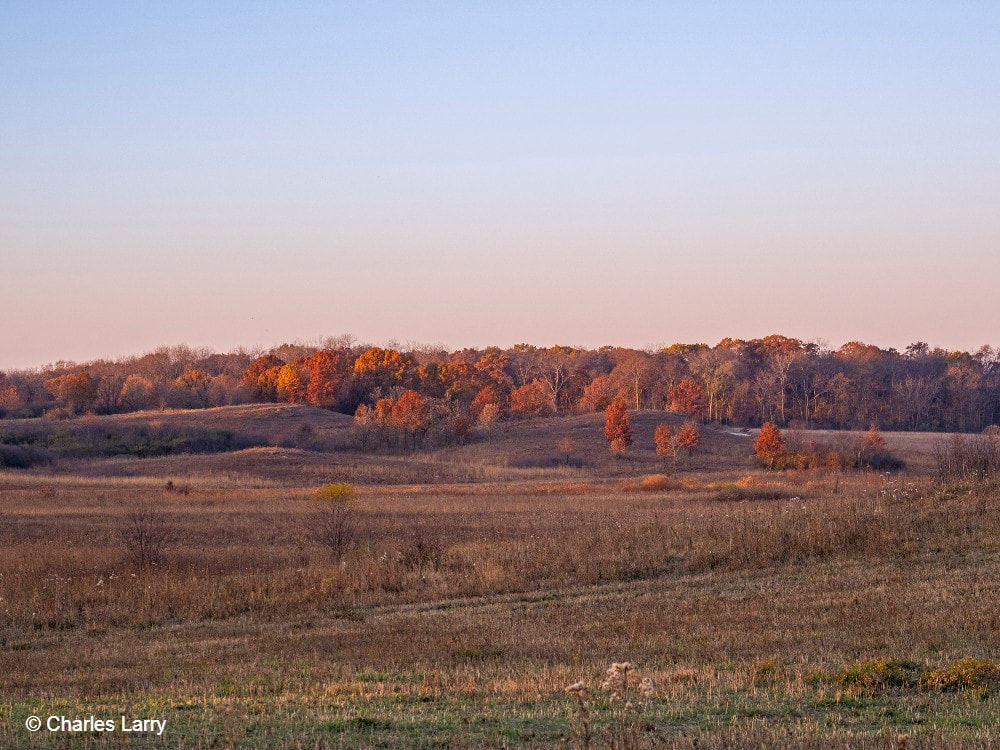
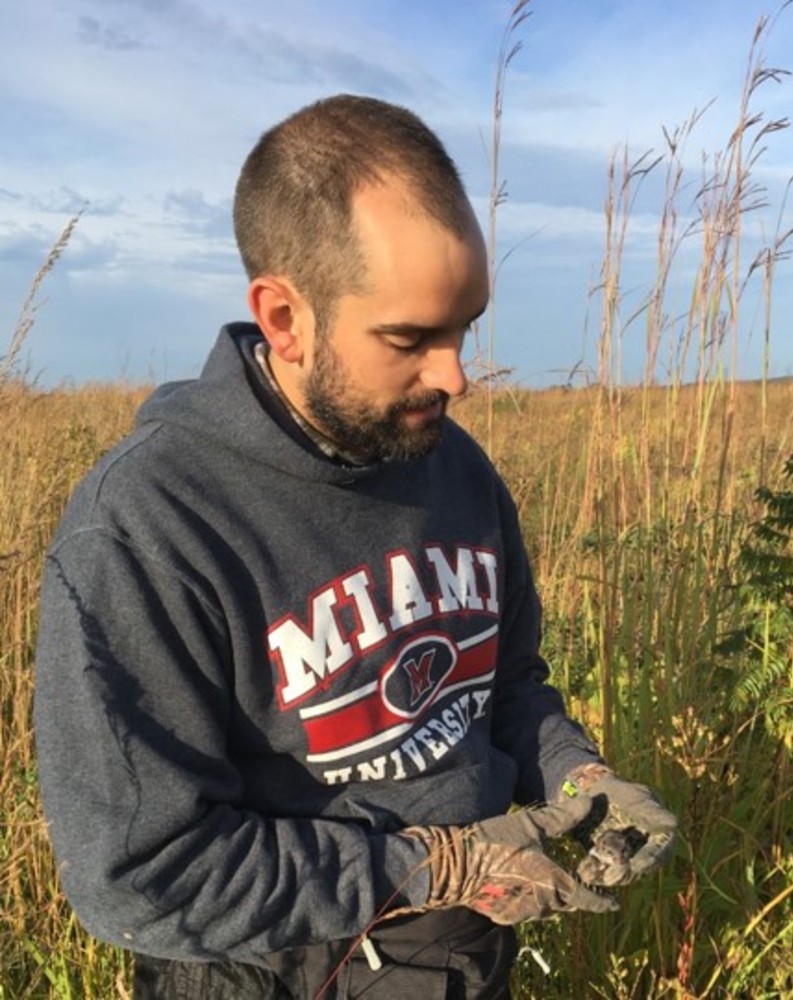
 RSS Feed
RSS Feed